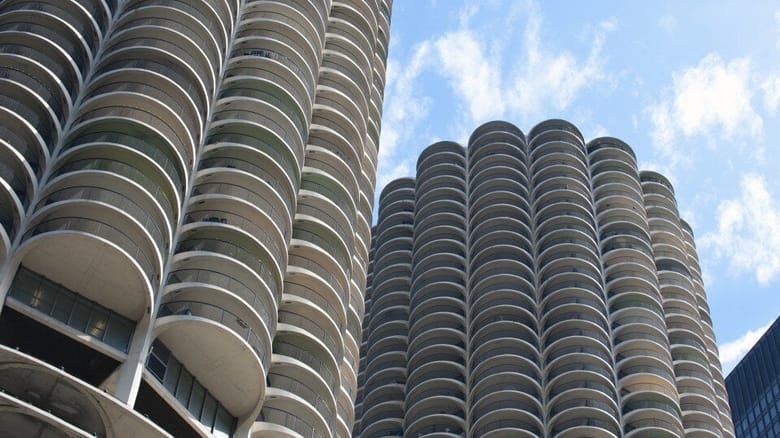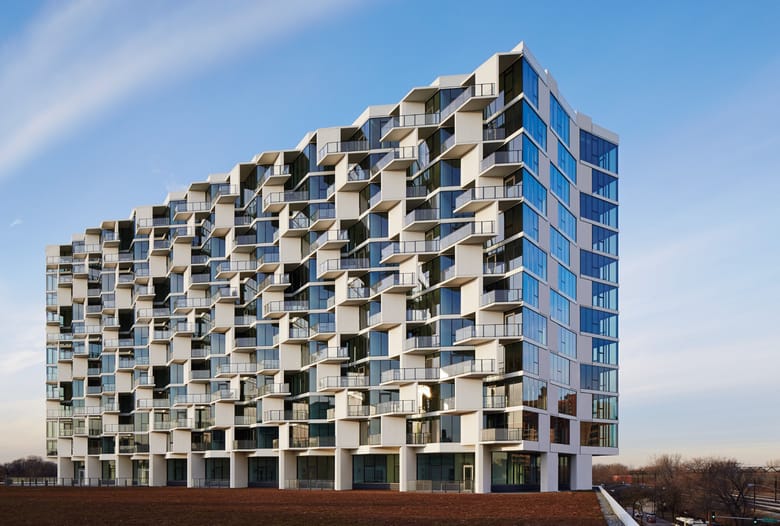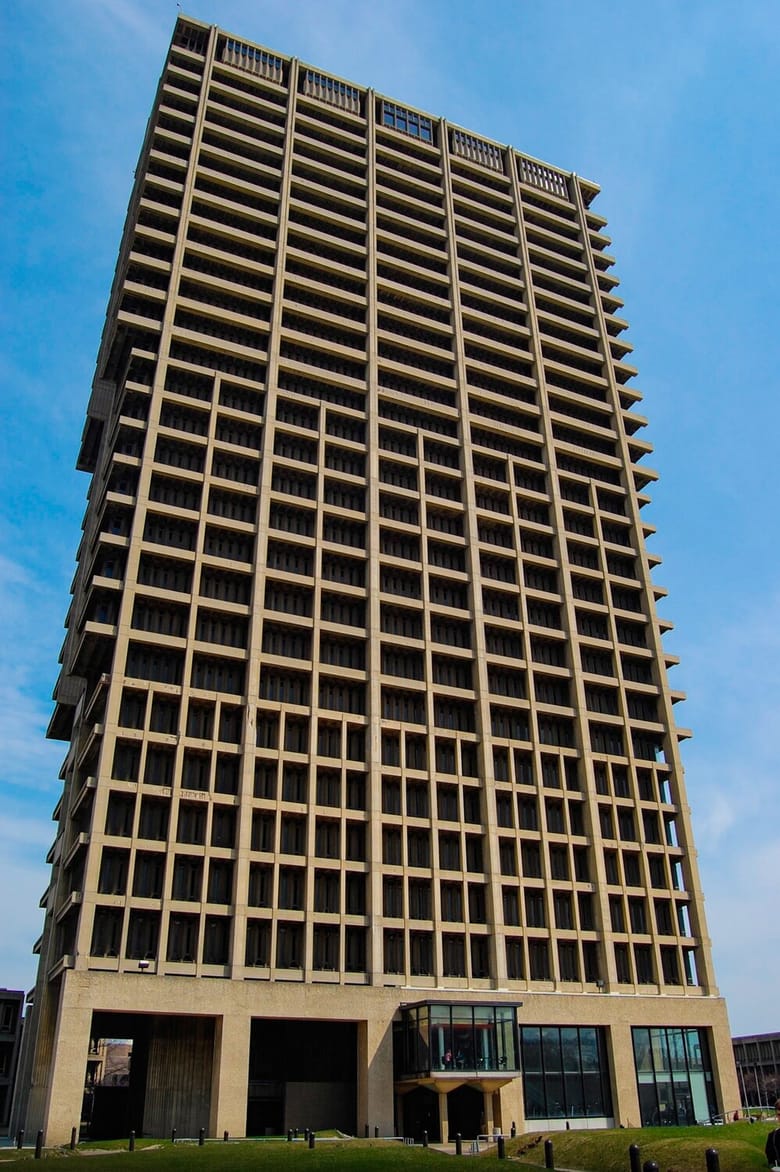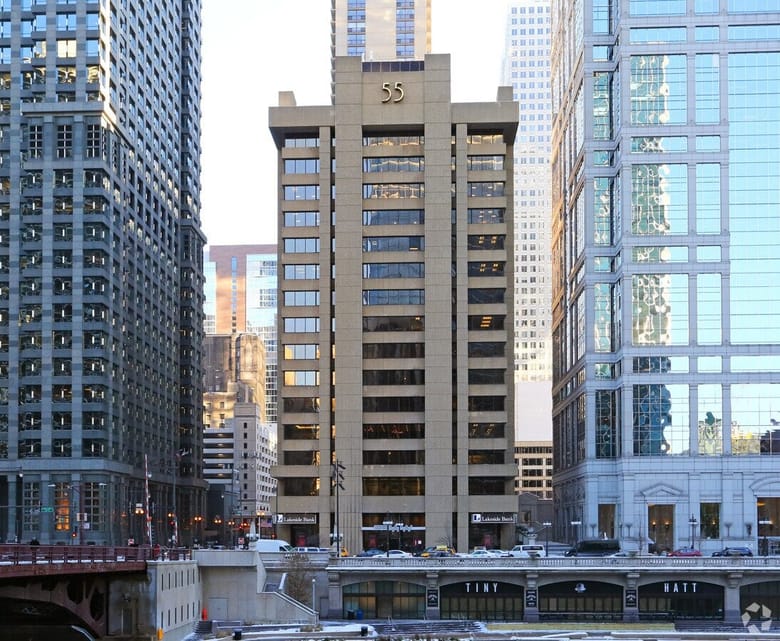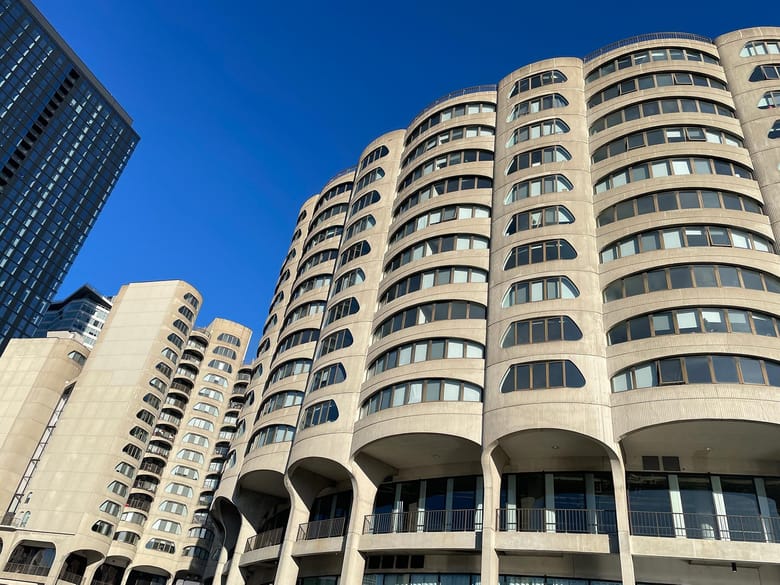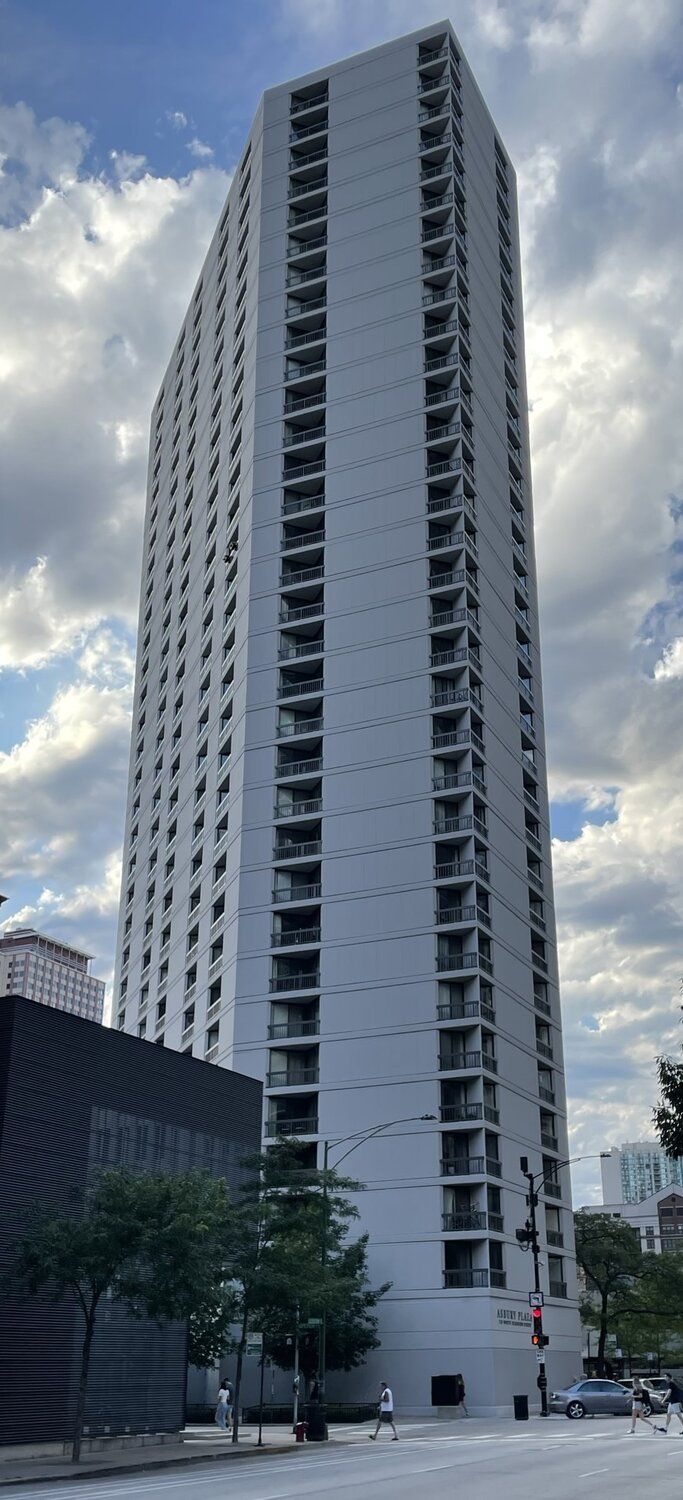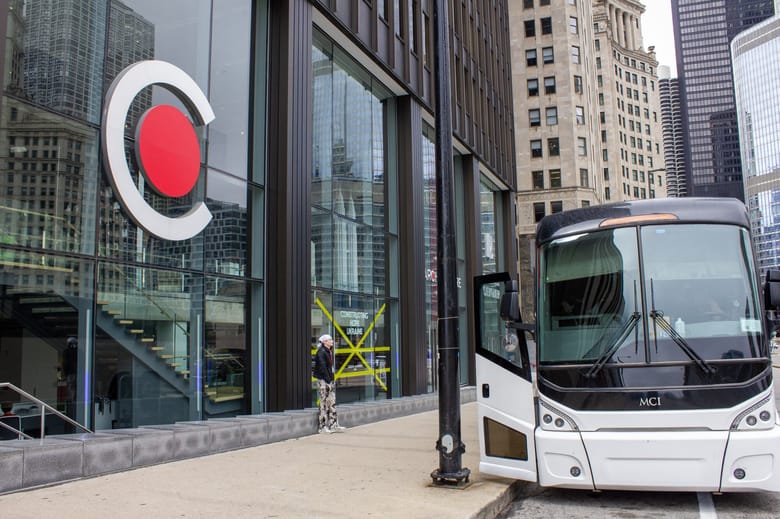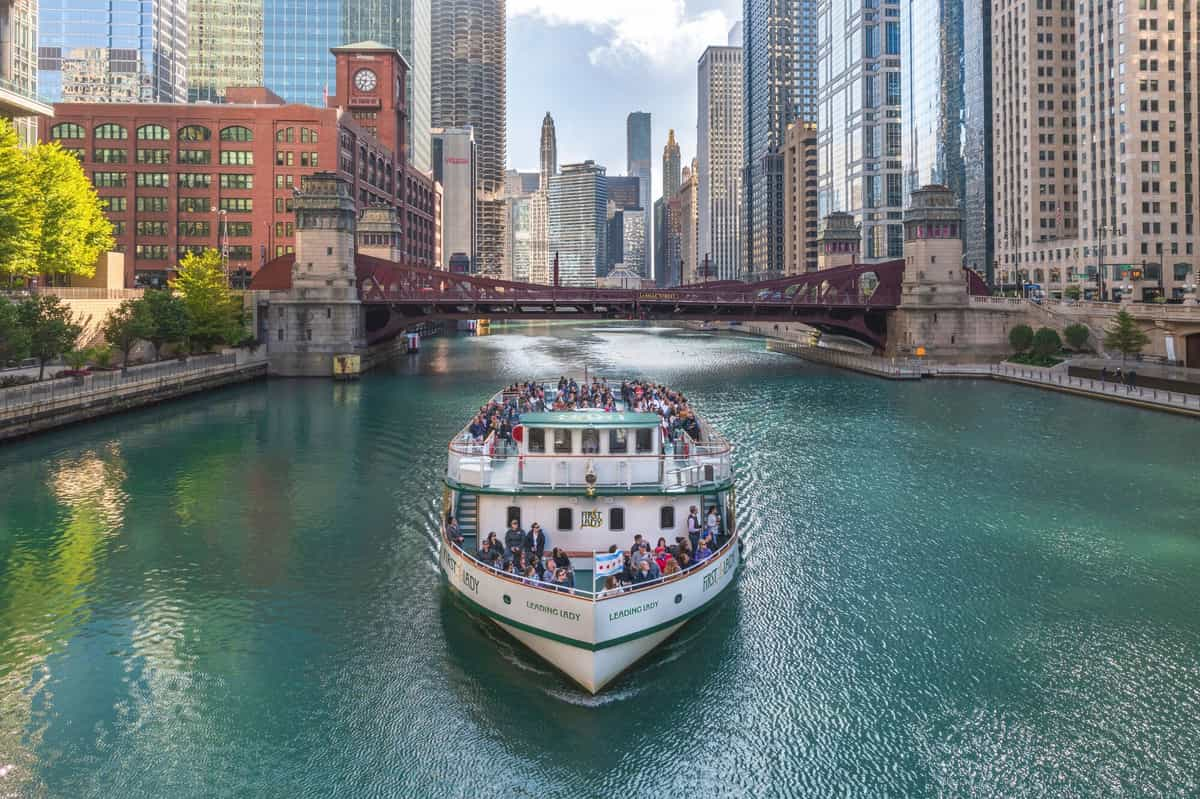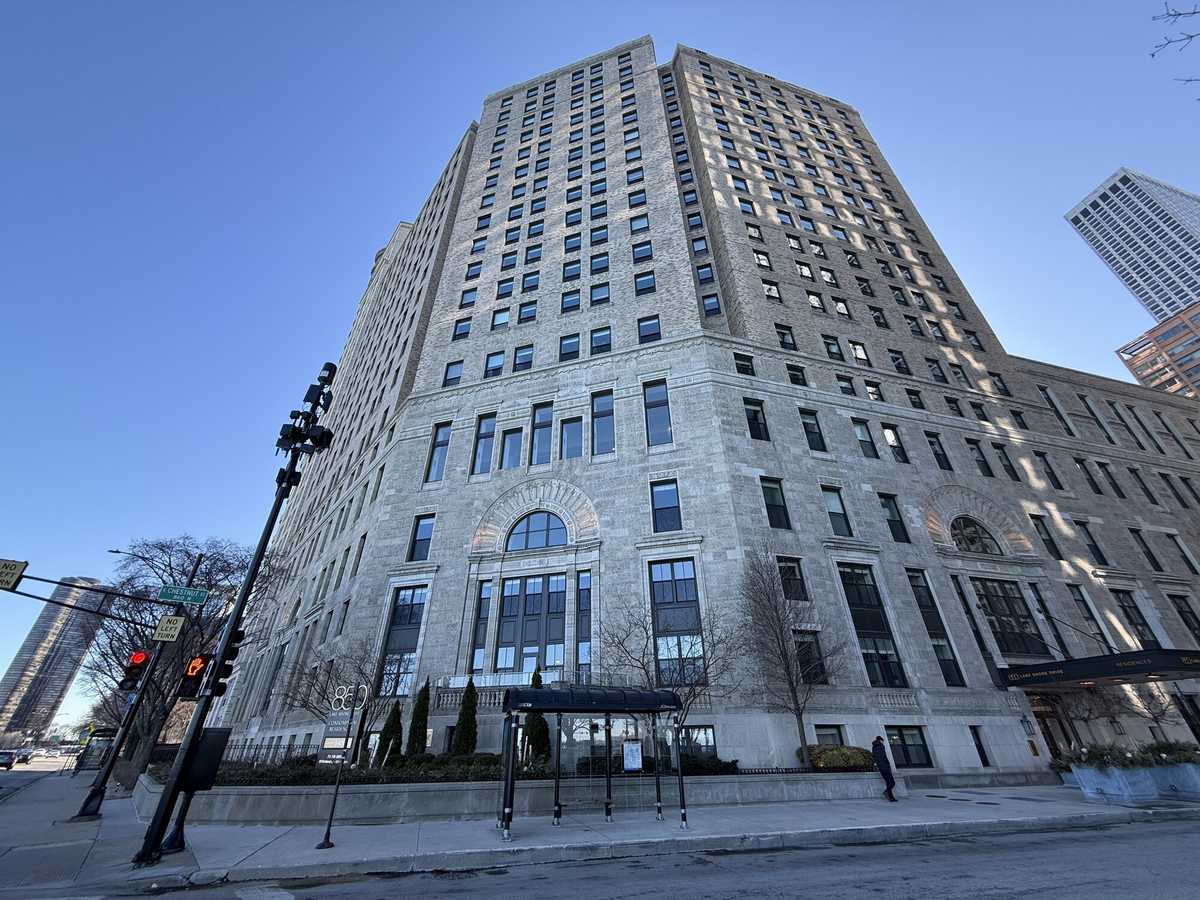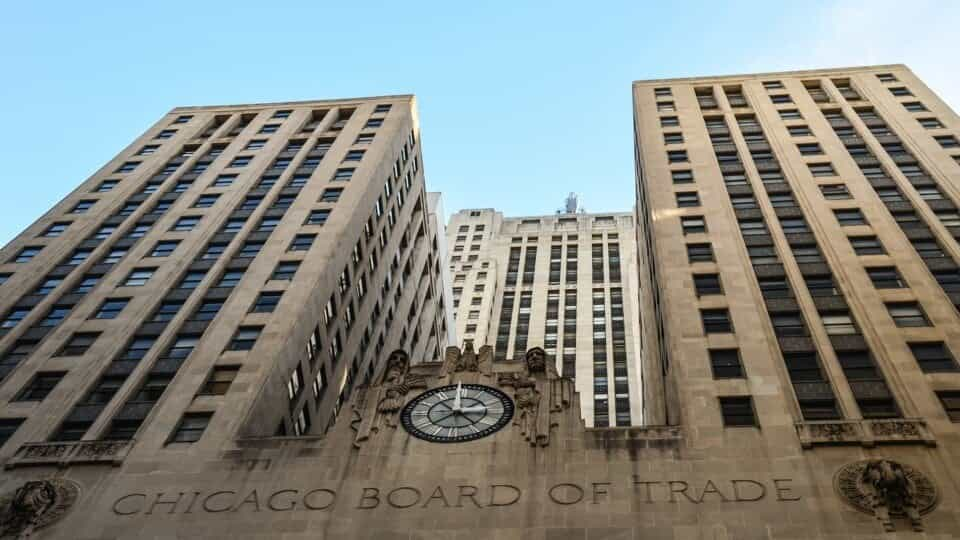Brutalism: Concrete Made Beautiful
Marina City
This tour currently has no scheduled dates.
Marina City
This concrete-forward style has been a polarizing aspect of Chicago's built environment, with many Brutalist buildings celebrated for their architectural ingenuity and economy and others criticized for their stark utilitarian aesthetic.
Site Type
NeighborhoodsArchitects and Styles
Brutalism created the backdrop of the historical fiction film The Brutalist, 2024 winner of the Academy Award™ for Best Actor, Cinematography and Original Score. The style emerged in post-WWII Europe, where architects and city planners experimented with malleable concrete to quickly and inexpensively house people displaced by the widespread destruction of residential neighborhoods. Architects emphasized the inherent beauty and integrity of the raw material by exposing the concrete rather than hiding it within the structure.
Brutalist architecture gained traction in the United States as part of the Modern Movement in the 1960s, when architects experimented with concrete forms for individual buildings as well as large campuses, including government centers, schools, and multi-unit housing developments.
On this tour you’ll have a chance to see many key Brutalist buildings by prominent Chicago architects including Bertrand Goldberg, Walter Netsch, Harry Weese and others.
The 3.5-hour bus tour will explore how concrete evolved as an important construction material. The tour will include a stop at Ozinga to demonstrate how concrete is manufactured and its environmental impact.
Know before you go:
- Mobility aids (walkers, foldable wheelchairs, etc.) can be stored on the bus.
- Guests are welcome to bring snacks and closed top beverages onboard the bus
Tour reviews
City Hyde Park. Photography by Steve Hall
UIC University Hall. Photo by Eric Allix Rogers.
55 W. Wacker
River City. Photo by Christine Balch
Asbury Plaza.
Similar Tours
- Boat • our most popular tour!The cruise that puts Architecture First. Voted one of the ten best boat tours in the United States by USA Today, as well as Chicago Reader's Best Tour for over ten years!
- Walking
Lakeshore Living: Steel and Stone
See the evolution of deluxe residential buildings in and around Streeterville, from stately stone mansions to sleek glass high-rises.
- Walking
Chicago Board of Trade Building
The Chicago Board of Trade is a Loop icon and a City of Chicago and US National Historic Landmark. *CAC Select tour* - Bus
Brutalism: Concrete Made Beautiful
Concrete has played a significant role both in Brutalist architecture where it is front and center, and in skyscrapers as an unseen structural element. Join us on this bus tour as we view these buildings and visit "concrete central," where they make the material that is so popular these days.

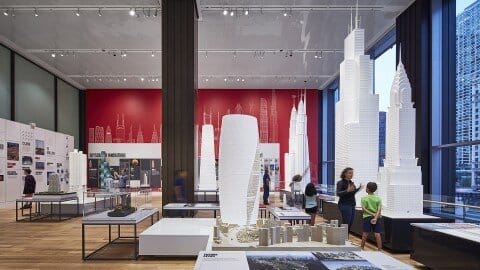
Free Center Entry with Your Ticket
Ticket price includes entrance to the Chicago Architecture Center within 7 days of your walking or bus tour.



